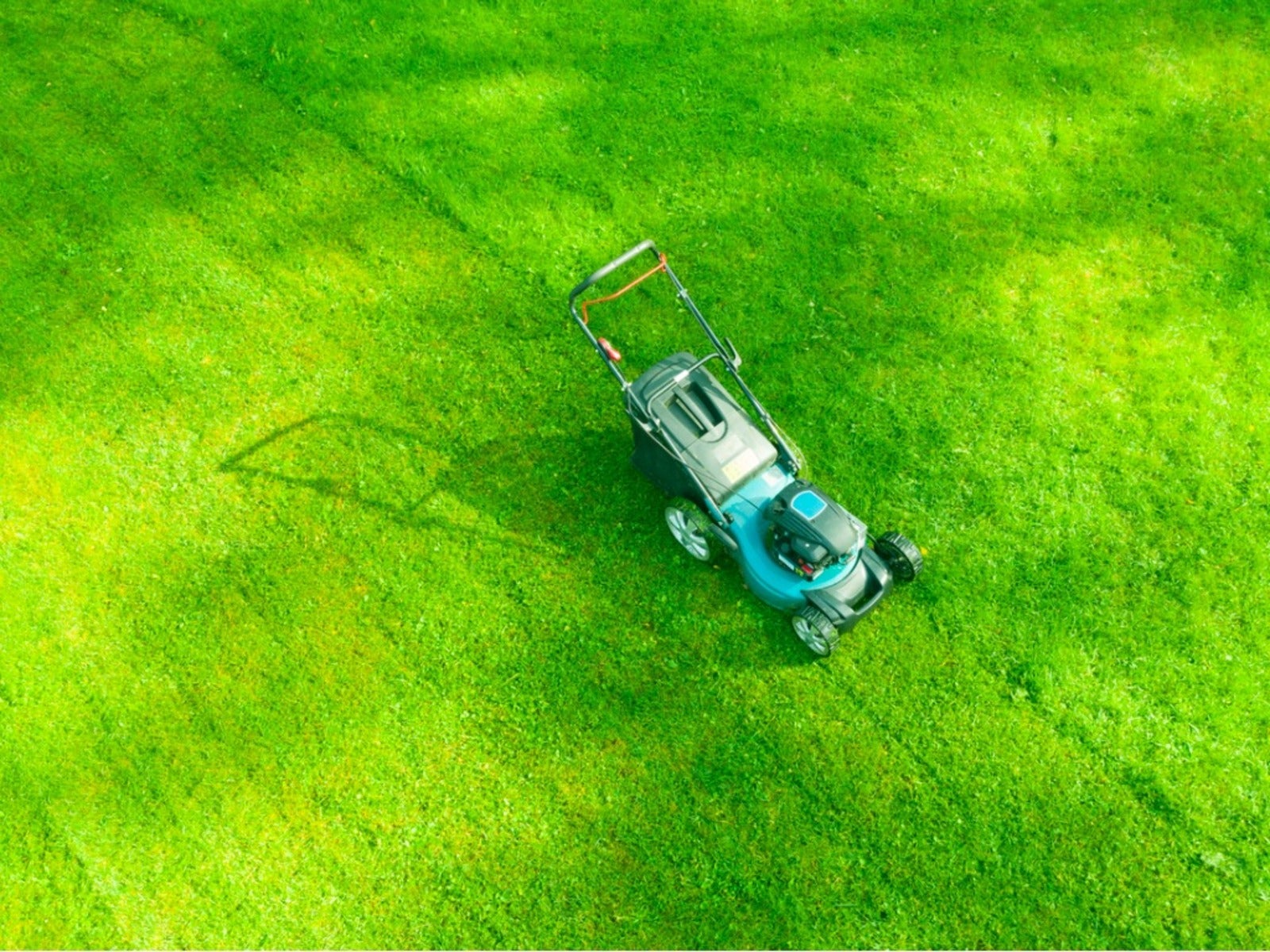5 Common Lawn Care Myths That Are Totally Groundless


The suburban dream has often included a white picket fence and a golfing-green-worthy lawn. Gardeners go to great lengths to feed and care for turfgrass. It is true that lawns need to be mowed, they need plenty of nitrogen, and consistent water. However, many of the rules we know to be true are myths about lawn care. These lawn care myths are often rooted in actual truths, but they have been skewed. For a better way to attend to lawn needs, read our lawn myths and adjust some of what you once thought you knew.
5 Lawn Mowing Myths
A beautiful, healthy, green, weed-free lawn is an attractive addition to the landscape. It is also potentially a resource abuser and can cause environmental problems. The goal is a healthy lawn, but often our desire to have a perfect lawn goes awry through several common lawn care legends, passed from generations of gardeners. Modern research has debunked many of the old rules of lawn care. Here are our top five.
1. Lawns Need to be Kept Short
Lawns do need to be mowed to control their height, prevent weeds, and allow sunlight to penetrate thick blades. Just how often and at what height though? Many gardeners believe they should keep a very short lawn, similar to golfing greens. In reality, the healthiest height for a lawn is between 2 and 4 inches (5-10 cm). The rule is to remove no more than one third of the blades at each cutting.
Every turfgrass variety has a preferred height, but mowing too short can actually cause problems. Low turf needs more irrigation, fertilizer, and herbicides. Mowing at the optimum height reduces these requirements. Additionally, mowing too low increases the chance the lawn will get scalped. This occurrence is hard for the turf grass to recover from and can invite more weeds while the grass repairs.
2. Grass Clippings Have to Go
Many gardeners also believe they must bag grass clippings. If mowing occurs once per week at the proper height, the grass clippings are actually beneficial to the soil and little thatch buildup will occur.
3. You Should Water Grass at Night
Next the watering grass at night myth. While it is true that watering outside of the heat of the day is more efficient and conserves moisture, it is not true that it is best to water at night. Most turf grass needs 1 to 1.5 inches (2.5-4 cm) per week. It is best to water deeply rather than more frequently to provide this moisture. Infrequent, shallow watering produces shallow roots.
Watering at night promotes fungal problems. Most fungal spores thrive in moist conditions. Watering at night prevents leaf blades from drying off quickly, a condition that can promote fungal spread. The best option is to water as dawn occurs. Using a timer can help ensure watering at the right time.
Sign up for the Gardening Know How newsletter today and receive a free copy of our e-book "How to Grow Delicious Tomatoes".
4. The Acid in Dog Pee Burns Grass
Another common myth surrounds dogs. Dogs urinating on the lawn does indeed creates brown spots. Contrary to common knowledge, however, this is not due to acidity in the urine. It's actually because of an excess of nitrogen, which burns leaf blades.
The best way to prevent this is to train the animal to go in an approved spot such as a mulched or graveled area. To repair brown spots in the lawn, pull away some of the dead material and apply a mixture of grass seed mixed with soil. Keep the area moist and new grass will fill in the spot.
5. Lawns Should Be Fertilized in the Spring
Lawns need plenty of nitrogen to produce green, healthy blades. Many gardeners think spring is the best time to fertilize a lawn. It's true that it will green up the grass quickly, but at the expense of deep root formation. This makes the overall turf weak, and the excess leaf growth means more frequent mowing.
The best time to fertilize warm season grass is in summer when it's already growing. Cool season grasses benefit from fall feeds. In essence, lawns should only be fertilized when they are actively growing. Application of quick release formulas should not be done when it is hot or burning can occur. Time release nitrogen formulas are safer in hot weather.
Weed and feed products can be used in early spring, but they may not be effective without a pre-emergent herbicide. They may also be applied in fall. Controlling broadleaf weeds in the lawn is most effective when the product is used in fall.
These are our top 5 lawn care myths. Now take what you've learned and grow the best lawn you can!

Bonnie Grant is a professional landscaper with a Certification in Urban Gardening. She has been gardening and writing for 15 years. A former professional chef, she has a passion for edible landscaping.